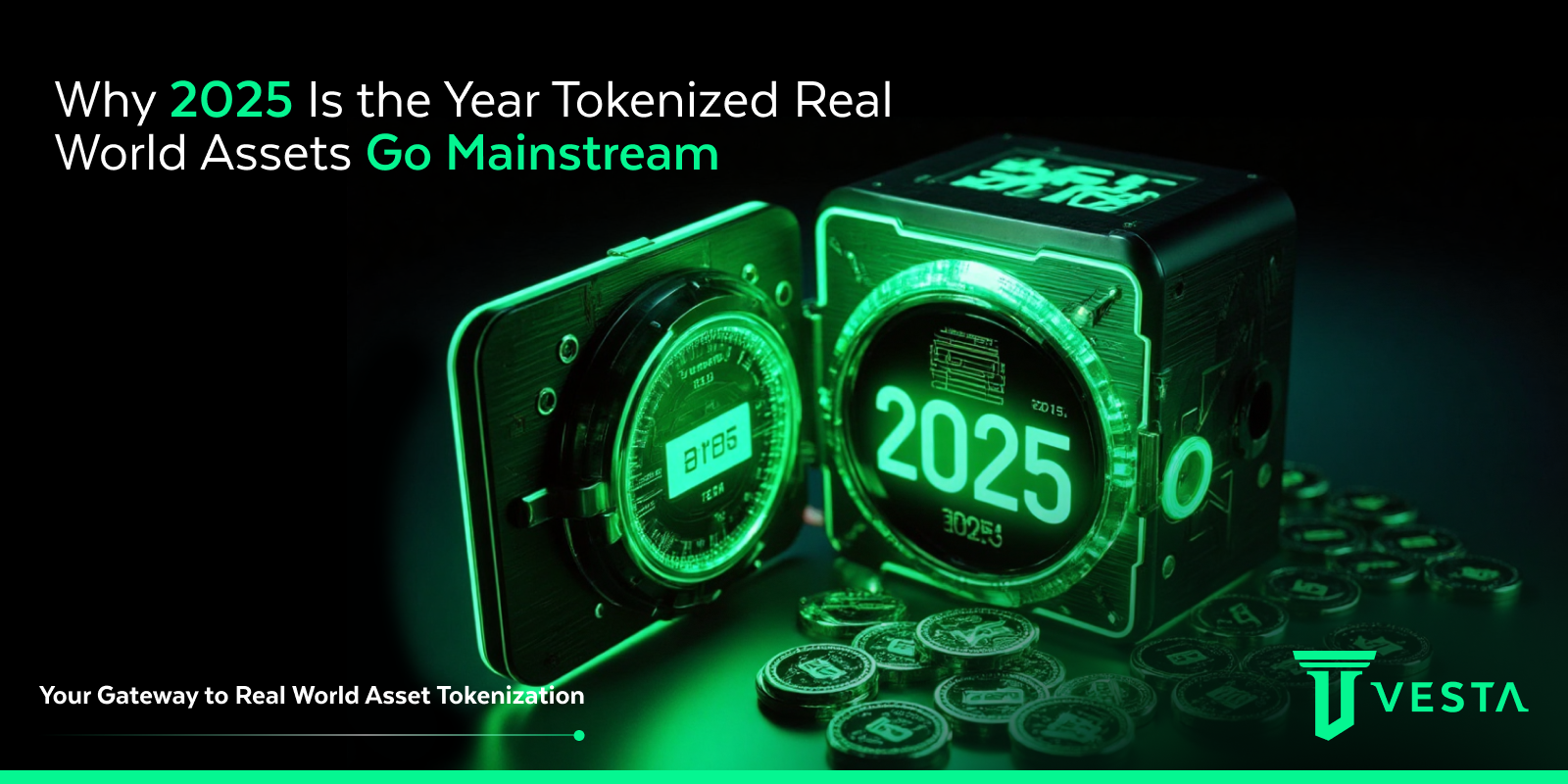
Every market evolution begins with a tipping point. For tokenized Real World Assets (RWAs), 2025 is the tipping point.
After years of hype, proof-of-concept pilots, and early-stage experimentation, we are finally seeing tokenized assets move from niche innovation to institutional interest and now into everyday investor portfolios.
The infrastructure is ready. The regulation is catching up. The user base is here. The question is no longer whether RWAs will go mainstream, but rather how quickly and through which platforms.
From volatile markets to inaccessible asset classes, traditional investing leaves most people behind. High minimums, opaque fees, and a lack of transparency define the old system.
Even crypto, once hailed as the great equalizer, fell short in connecting people to real economic value. Many tokens remain speculative, abstract, and detached from real-world productivity.
There’s a gap between risk and reward, between speculation and substance.
That’s where RWAs step in.
Several major forces are converging to push tokenized RWAs into the spotlight in 2025:
From Europe’s MiCA to Hong Kong’s RWA-friendly frameworks, global jurisdictions are formalizing legislation for tokenized assets. This legal clarity brings confidence to both platforms and institutional capital.
BlackRock, Franklin Templeton, and other giants are entering the space. They’re not just watching, they’re launching tokenized funds. This legitimizes the category and paves the way for consumer adoption.
The emergence of fast, scalable chains, improved identity layers, and composable RWA protocols and projects (such as Vesta) is reducing the friction that once held back the market.
In a high-interest, inflation-sensitive environment, investors seek assets that are productive, tangible, and less volatile than cryptocurrencies alone. RWAs offer precisely that.
To bring RWAs to the mainstream, platforms must offer:
Tokenized RWAs offer:
We are already seeing the early signs:
Just as ETFs were in the early 2000s, tokenized RWAs will soon become the default building block of diversified portfolios. 2025 is not the beginning of RWAs; it’s the inflection point.
In the next phase of digital finance, value isn’t just digital, it’s real. And Vesta is building the bridge between the onchain future and the offline world.
If you’re looking to invest in something tangible, resilient, and truly transformative, tokenized RWAs are no longer a “maybe.” They’re a must.
Dive into the heart of innovation with our 'Coding Chronicles' blog section. Explore a rich tapestry of articles, tutorials, and insights that unravel.